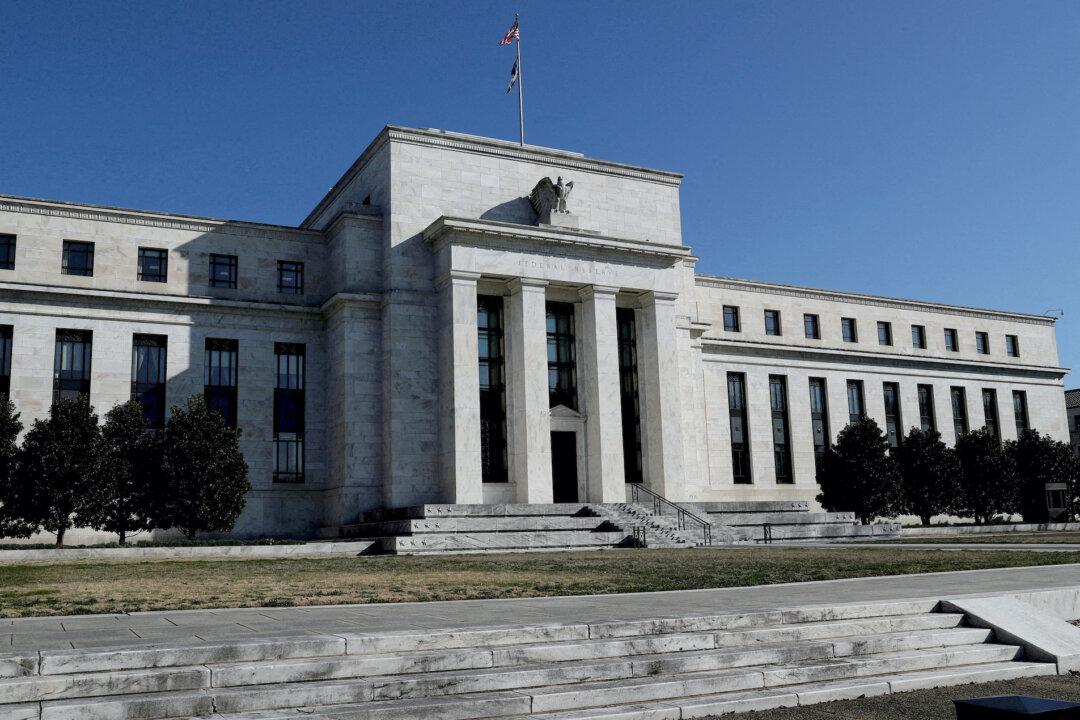A Federal Reserve report Monday showed banks raised their lending standards for business and consumer loans after the collapse of three large banks.
More lenders are tightening their standards in the wake of increasing turmoil within the banking sector, according to the Federal Reserve’s quarterly Senior Loan Officer Opinion Survey (SLOOS). The survey also found that a majority of banks expect to further tighten their credit across all loan categories this year.




